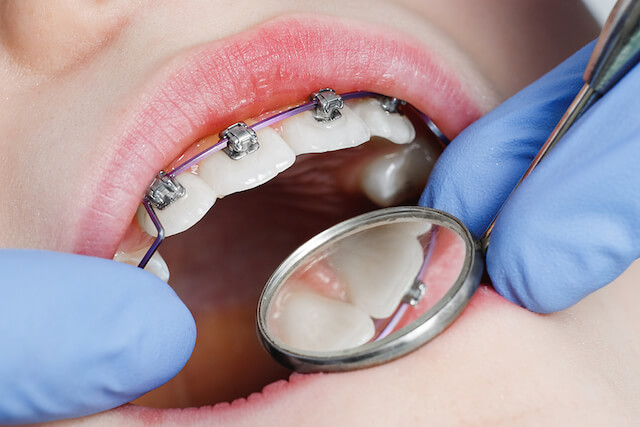Braces For Kids: The Parent’s Guide To Kids Orthodontics
Once the height of embarrassment, braces have since come a long way. Among tween and teenagers, orthodontics has gone from stigma to becoming a status and cool fashion symbol. Whether it’s the desire to be part of the rising trend or to flaunt a perfect set of teeth, tweens and teenagers are eagerly putting on a pair of orthodontic braces.
If your child is one of the many who wishes to have a pair of braces of their own, here’s the lowdown on the very fundamentals.
Why Kids Needs Braces
There are several reasons as to why many children require an orthodontic interception, and the majority of them has resulted from growth problem, mainly poor jaw development. Poor jaw development simply means that the upper and lower jaws are not growing at the same pace or in the same direction.
Such orthodontic problems can be treated – the earlier, the better. Children as young as 7-years-old can undergo an early interceptive orthodontic treatment whereby they will be given braces to correct such problems early on.
Here’s a brief overview of the several orthodontic problems that are best corrected early:
Overcrowding: As the term suggests, overcrowding happens when the teeth have run out of real estate in the mouth. This can cause overlapping of the teeth and further misalign the upper and lower jaw. By having an early treatment, the orthodontist will ensure that there’s enough room for all the adult teeth to grow in, without having to extract any baby or adult teeth.
Crossbite: A crossbite occurs when the jaw shifts to one side. You may have noticed your child chewing a little funny or that when chewing, their face appears off centre. A crossbite is best corrected when the child is 10 years old and below.
Underbite: An underbite is characterised by a protruded lower jaw and is best corrected when a child undergoes their active growth. If left untreated, they may need to opt for jaw surgery later as a young adult.
Overbite: The opposite of an underbite, the overbite is characterised by a protruded upper jaw. Depending on the severity of the overbite, this can be rectified with the use of removable retainers.
Finger sucking habit and other oral habits: Most children who grew up with the unhealthy habit of finger sucking will grow up with a deformed upper jaw. This alteration in the shape of the upper jaw can cause several problems, with overcrowding, bite problems and airway problems being some of the few. A simple fix is all your child needs to fix the persisting issue.
The First Visit To The Orthodontic Clinic
The orthodontist will first start with the examination of your child’s teeth, mouth and jaw. Questions pertaining to discomfort when biting, chewing or swallowing will also be asked.
Your child may also need to have their mouth and teeth X-rayed, so that the orthodontist can have a clear display of their teeth’s position and whether any permanent teeth have yet to grow or are still growing.
The orthodontist may also need to make an impression of your child’s teeth by using a mould and pressing it into your child’s top and bottom teeth. Having a mould cast will allow the orthodontist to decide which of the avail treatments is best suited to rectify your child’s orthodontic problems.
Types of Braces
As an orthodontic treatment, braces work to correct the misalignment of the teeth and jaw by applying pressure on the teeth and thus, effectively moving them into a straighter position over time.
There are 3 different types of braces that are used for different purposes and ages:
1. Fixed appliance such as metal or ceramic braces that are attached to the teeth and linked together by orthodontic wires. Damon braces, in particular, are a great option as they are less painful than their counterparts.
2. Growth modification appliances such as a twinblock or facemask.
3. Removable appliance such as a bite plate.
The treatment duration will ultimately be dependent on the complexity of the problem. Fixed appliances may take 2-3 years whilst growth modification takes up to a year or less, and removable appliances may take 6-9 months.
Within the duration of the orthodontic treatment, your child will have to visit the orthodontist every few weeks for monitoring and minor adjustments.
A pair of braces can create a gleaming smile, but that’s not all they do. With good orthodontic care, your child will be able to put to practice good oral care and hygiene. Moreover, the early correction of the jaws and teeth during their active growth years will give way to the prevention of aggravated orthodontic problems that will require more extensive treatments, including extractions and possible jaw surgeries.
Start early and prevent dental problems from getting worse! At Luminous Dental, our team of talented dentists are equipped with the practical know-how to treat your child’s orthodontic problems and prevent any potential issues from occurring in the future. Let us help you and your child achieve a smile they’d be proud of.

